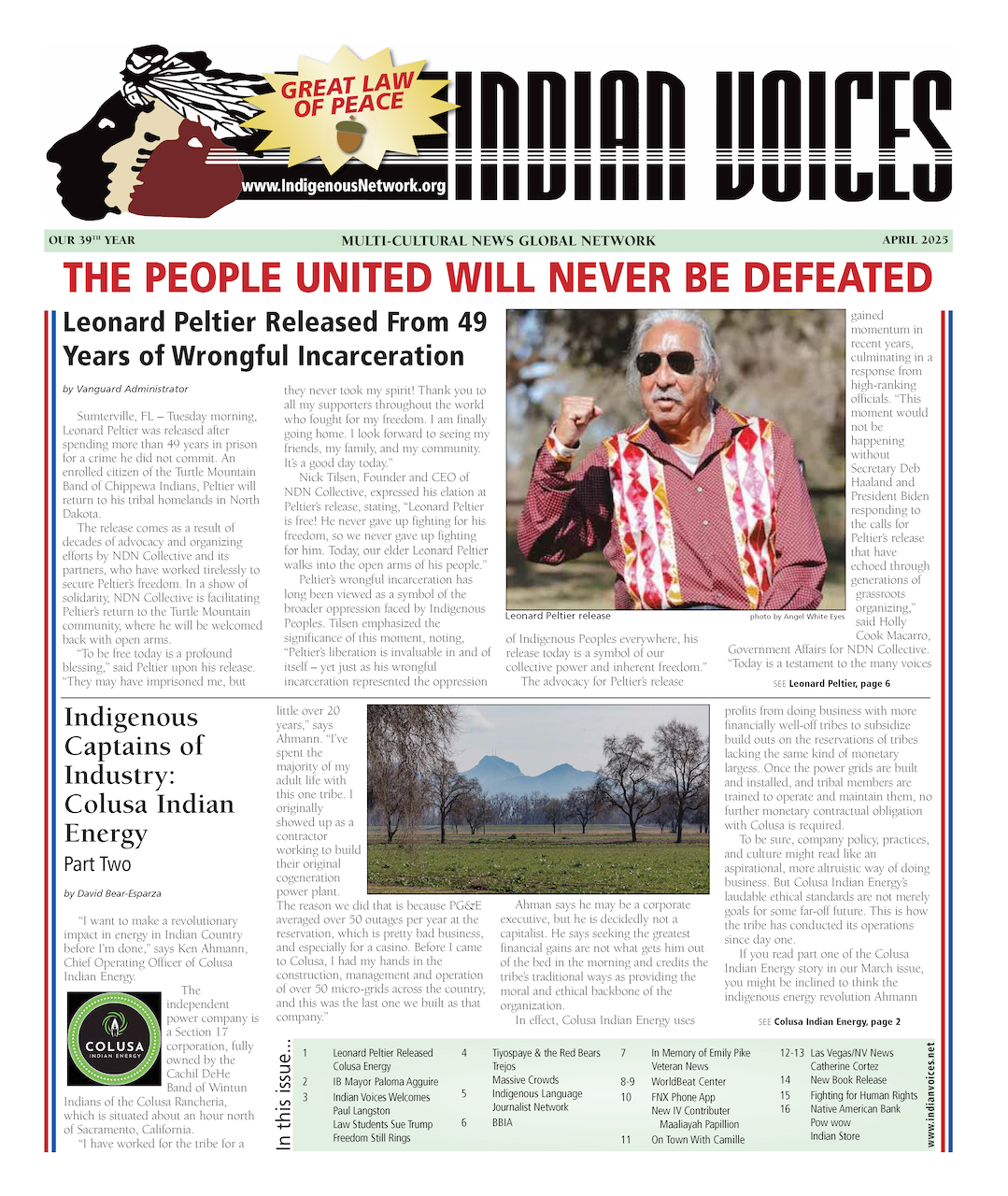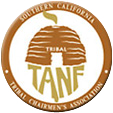NEWS RELEASE- FOR IMMEDIATE RELEASE
Ft. Duchesne, UT July 3, 2017
On June ___, 2017, the United States Supreme Court issued an order dismissing Myton’s Petition for a Writ of Certiorari after Myton agreed to withdraw its petition at the request of the Ute Indian Tribe. The effect of the order is that the decision of the United States Court of Appeals for the Tenth Circuit, Ute Indian Tribe v. Myton, 835 F.3d 1255 (10th Cir. Aug. 29, 2016) (commonly referred to as Ute VII), written by then Circuit Court Judge and now United States Supreme Court Justice Neil Gorsuch, is now final and serves to confirm the Ute Indian Tribe’s sovereignty and jurisdiction over “Indian Country” lands within the City of Myton.
Judge Gorsuch’s decision resolved many of the legal disputes between the Ute Indian Tribe and the City of Myton. Myton’s decision to withdraw the petition is the result of ongoing negotiations between the Ute Indian Tribe and the City to resolve remaining disputes, and the Tribe’s commitment to continue with those negotiations to reach an intergovernmental agreement between the Tribe and the City for the benefit of Tribal Members and other residents of Myton. The Ute Indian Tribe’s governing Business Committee issued the following brief statement:
We are pleased that Myton has withdrawn its petition for certiorari at the Ute Indian Tribe’s request. We view this as an act of good faith on their part to recognize the Tribe’s continuing commitment to serve as a good neighbor and work to promote the safety and interests of all of the citizens of the Uintah Basin..
The Ute Indian Tribe achieved two major victories in the now final decision issued by Judge Gorsuch in Ute VII.
First, the Court agreed with the Ute Indian Tribe that land within the original townsite of Myton which the United States returned to the Tribe, under a process provided for in the Indian Reorganization Act, remains part of the Uintah and Ouray Reservation and subject to the jurisdiction of the Ute Indian Tribe.
Second, the Court of Appeals held that because “the district court has failed to give effect to this court’s mandate in Ute V [Ute Indian Tribe v. Utah, 114 F.3d 1513 (10th Cir. 1997)] and has given us little reason to hope that things might change on remand,” the matter would be reassigned from District Court Judge Bruce Jenkins to a different judge on remand. The District Court has already carried out that portion of the Tenth Circuit’s order, reassigning the case to Judge Robert Shelby.
As he had also done in Ute VI, 790 F.3d 1000 (10th Cir. 2015), Judge Gorsuch, in Ute VII, again chastised the State of Utah and Uintah and Duchesne Counties for continuing to attempt to relitigate issues that the Tenth Circuit had repeatedly decided. He wrote:
The unavoidable fact is that nearly twenty years ago in Ute V this court explained that, between Ute III and its own disposition, “all boundary questions at issue” had been finally resolved. Even so, the years since seem to have brought nothing but relitigation of those boundaries. Utah and its subdivisions bear responsibility for much of this. We have even had to take the extraordinary step of reminding them, parties who should (and do) know better, of the possibility of sanctions if they continue to defy settled judicial mandates.
Judge Gorsuch’s strongly worded decision and the order taking the case away from Judge Jenkins because of Judge Jenkins’ defiance of the Tenth Circuit’s mandates, appears to have finally forced the State and its counties to recognize that they can no longer “defy settled judicial mandates” issued in favor of the Ute Indian Tribe. The Ute Indian Tribe has an additional appeal pending in the Tenth Circuit, but that matter is stayed while the State of Utah, its counties, and the Tribe are in mediation which seeks to build upon the settled Tenth Circuit decisions and to resolve remaining disputes between the Tribe and State.
About the Ute Indian Tribe-The Ute Indian Tribe resides on the Uintah and Ouray Reservation in northeastern Utah. Three bands of Utes comprise the Ute Indian Tribe: the Whiteriver Band, the Uncompahgre Band and the Uintah Band. The Tribe has a membership of more than three thousand individuals, with over half living on the Uintah and Ouray Reservation. The Ute Indian Tribe operates its own tribal government and oversees approximately 1.3 million acres of trust land which contains significant oil and gas deposits. The Tribal Business Committee is the governing council of the Tribe.






